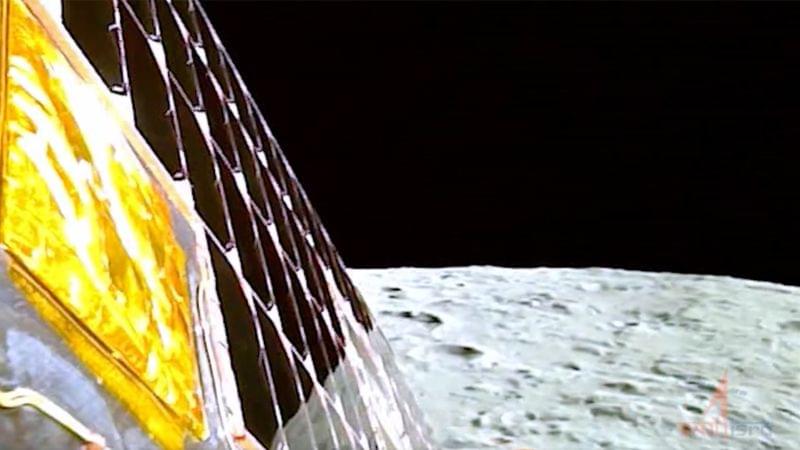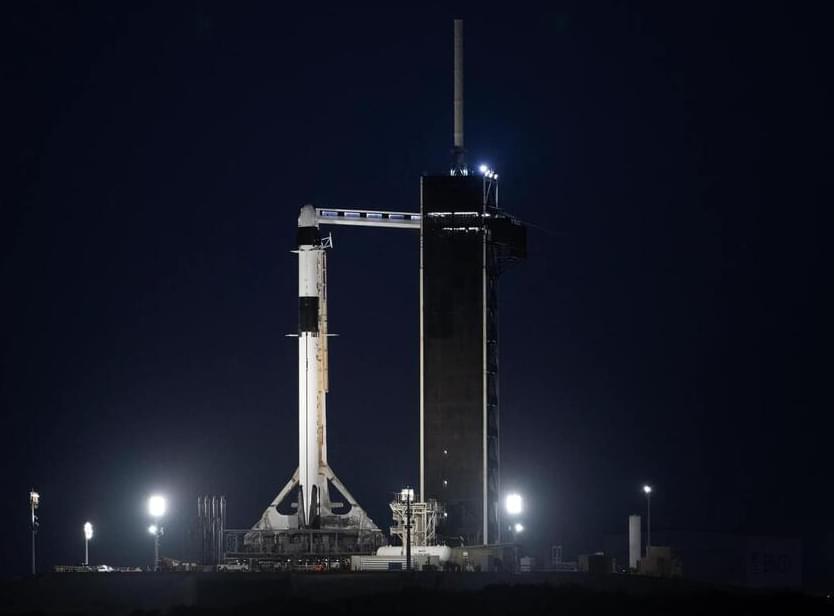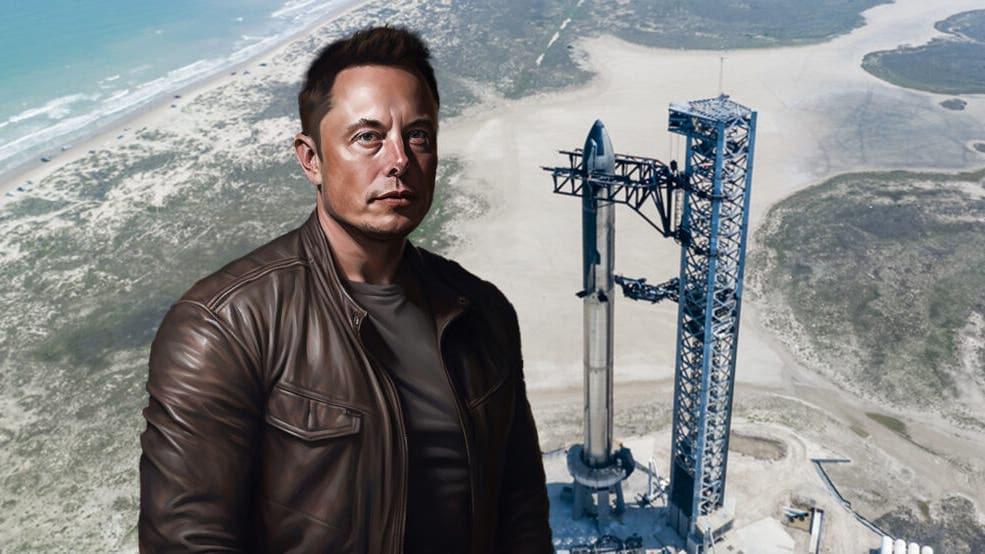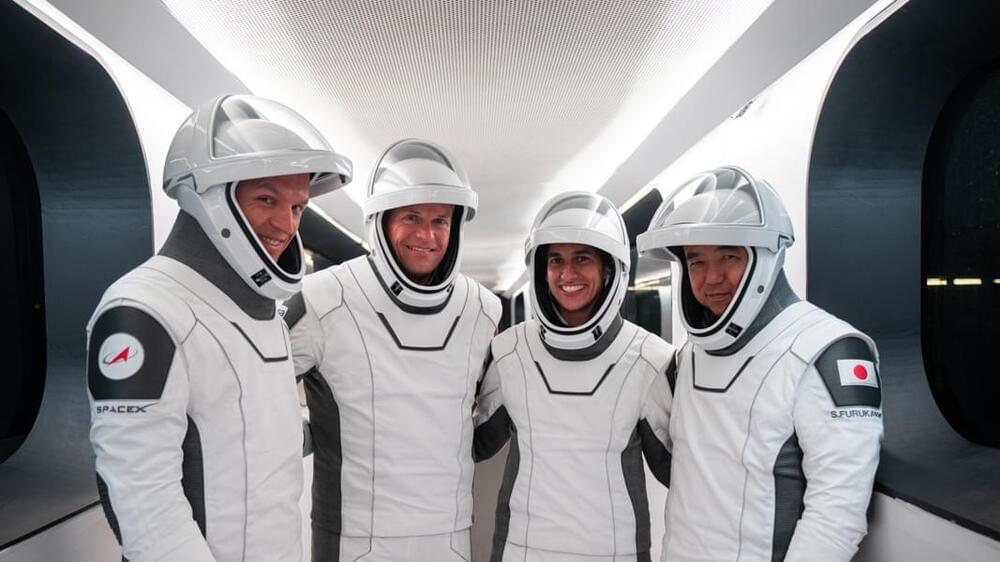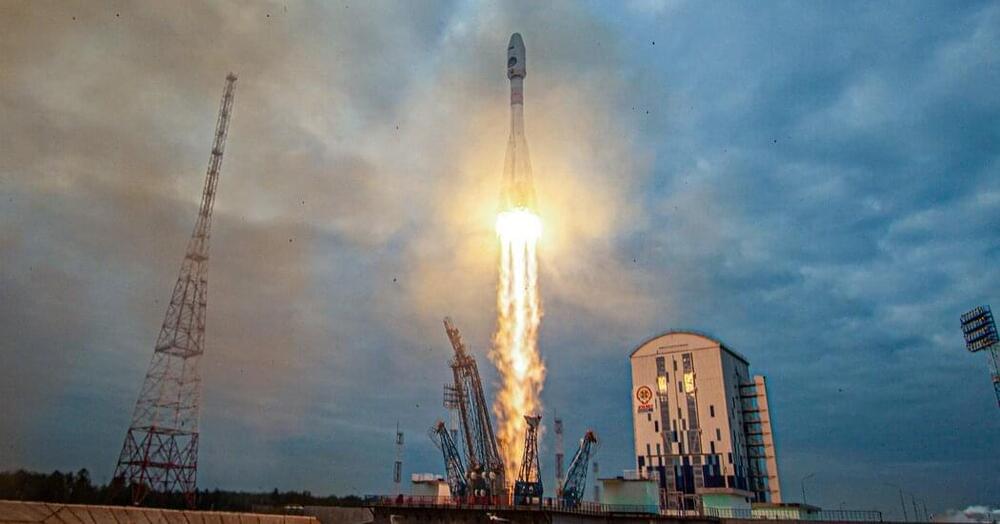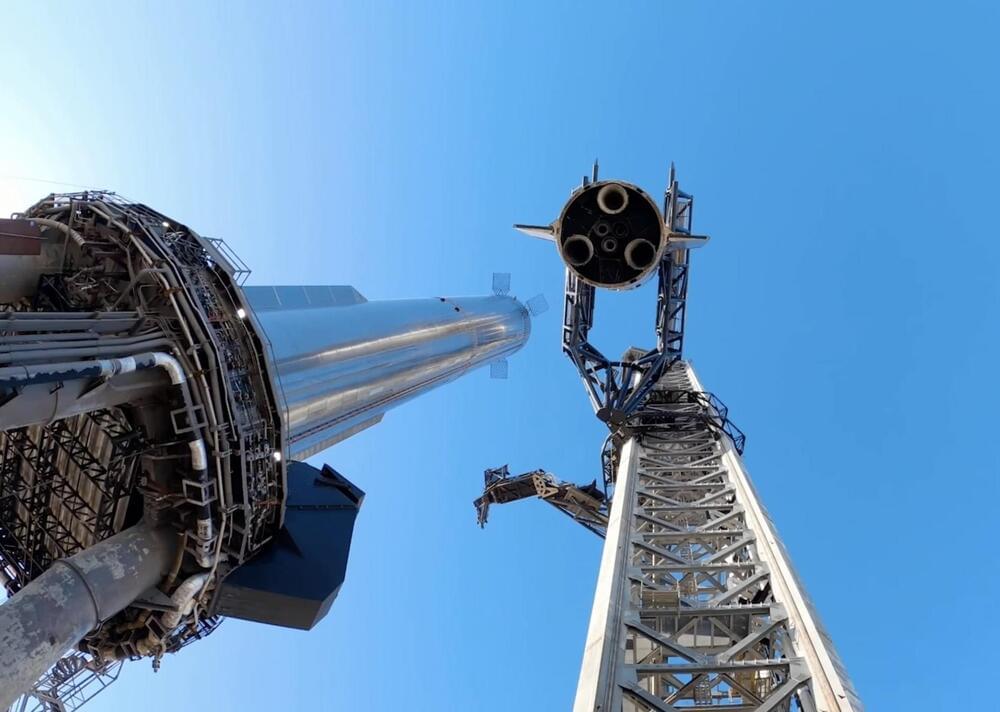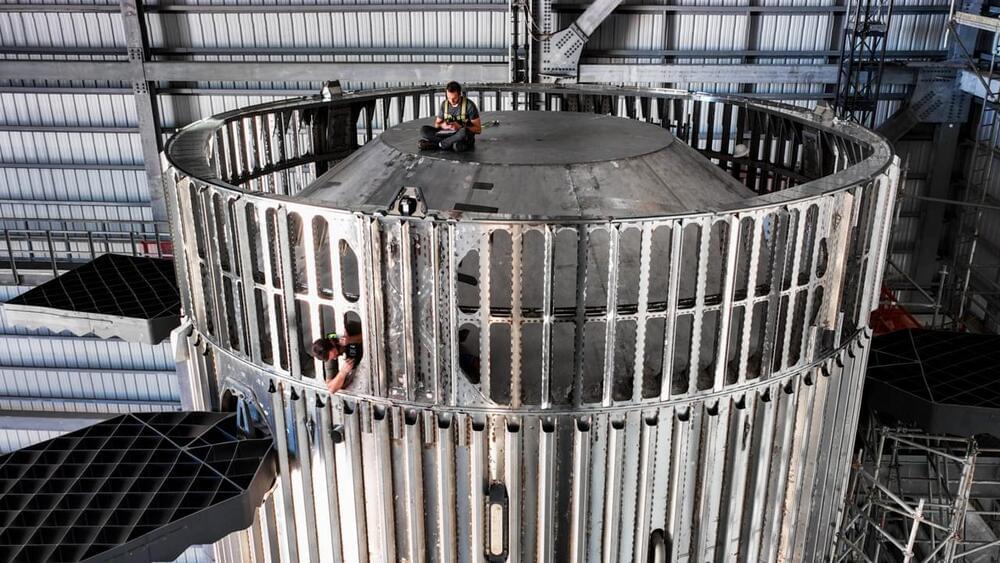India’s Chandrayaan-3 spacecraft is swooping toward the moon’s surface ahead of its historic landing attempt, and it’s capturing some stunning visuals on the way.
The Indian Space Research Organization confirmed Tuesday that Chandrayaan-3 is on schedule and “smooth sailing is continuing.” The spacecraft is set to begin its final descent toward the moon’s surface on Wednesday at 5:45 p.m. IST (8:15 a.m. ET).
If successful, this mission will mark the very first soft landing on the lunar surface by an Indian spacecraft and make India the fourth country ever to accomplish such a feat. Currently, the United States, China and the former Soviet Union are the only nations that have conducted controlled landings of spacecraft on the moon.
